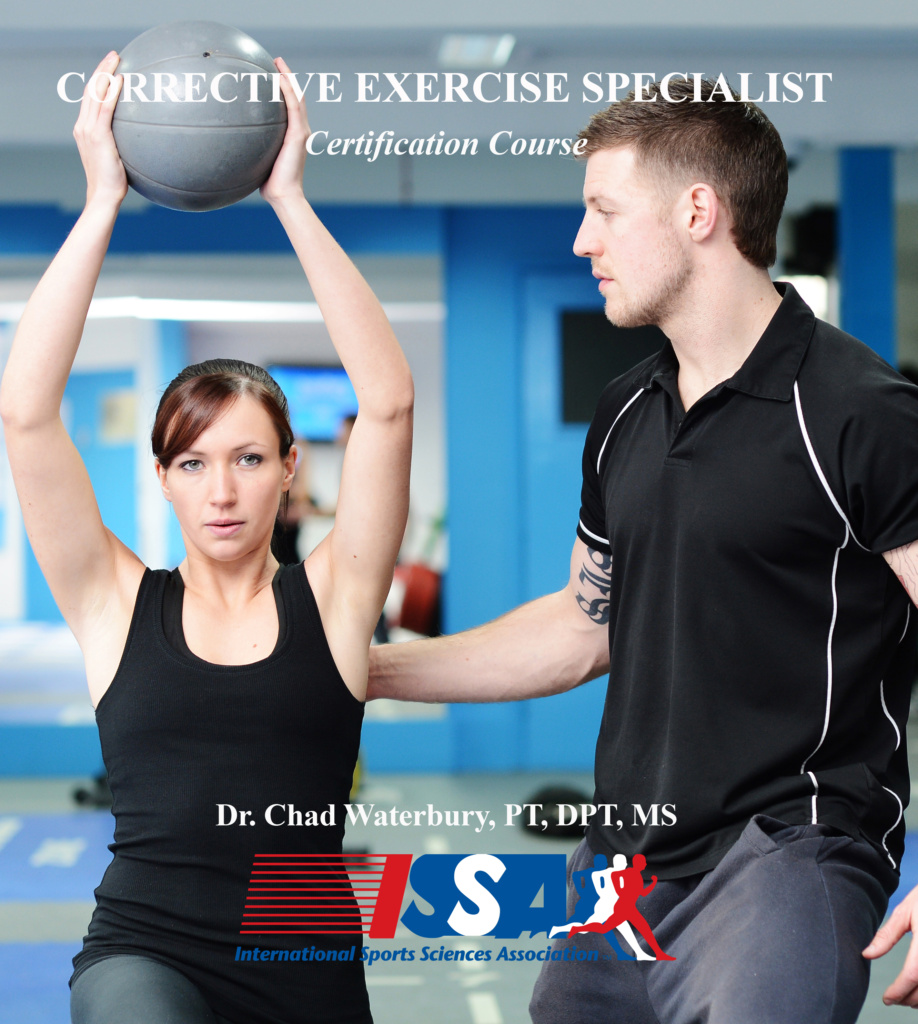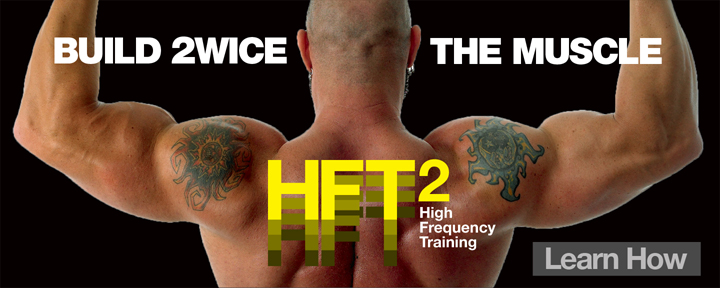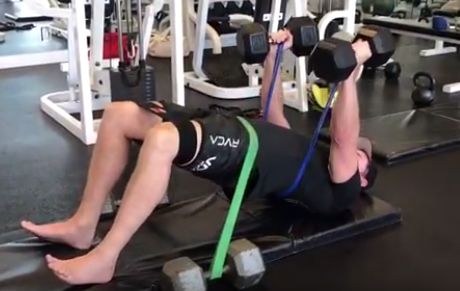 As you program a strength and conditioning plan to prepare an athlete for competition or sport, it’s imperative to know the three types of strength preparation. In this blog, I’ll give a brief overview of each, as well as some sample exercises.
As you program a strength and conditioning plan to prepare an athlete for competition or sport, it’s imperative to know the three types of strength preparation. In this blog, I’ll give a brief overview of each, as well as some sample exercises.
If you’ve been around the strength and conditioning world for any amount of time, you’ve undoubtedly heard the term General Physical Preparation (GPP). This is also known as General Physical Preparedness, while others like to call it General Strength Preparation (GSP).
I mention these semantics up front, because there are numerous terms, used in different parts of the world, to describe the same thing. When it comes to sharing information about strength preparation, that’s part of the confusion. My goal of this brief overview is to make the topic of strength preparation as simple as possible by dividing it into three types. Let’s start with GPP.
What is General Physical Preparation (GPP)?
Imagine you’re working with a teenager that shows promise as a running back. The problem is, he’s pretty skinny and weak overall. He needs to build his full-body power and size, as well as strengthen his tendons and connective tissues using multi-joint exercises such as the deadlift, row and overhead press. Included in this category are basic cardiovascular exercises such as swimming, cycling and skipping rope.
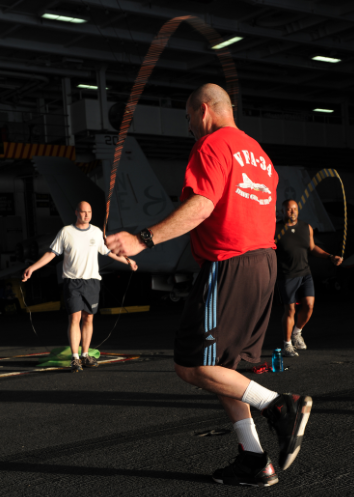
What he doesn’t need to do is sprint with a parachute or practice running different routes while wearing a weighted vest.
The quest to build the basic components of fitness without regard for the specific movements required in a sport is GPP in a nutshell. When GPP is done correctly, such as the programs in my Huge in a Hurry book, it makes a guy or gal a better overall athlete, which carries over to virtually any sport.
So if the kid in question decided to forego his aspirations of being a running back, and switch to another position or sport, his body would be prepared to meet those physical demands.
In Siff and Verkhoshansky’s revered text, Supertraining, GPP is “…intended to provide balanced physical conditioning in endurance, strength, speed, flexibility and other basic factors of fitness…”
When to emphasize the GPP phase: The core components of GPP can be used year-round, whether it’s in- or off-season. However, two key times that often provide the most benefits are:
– When an athlete is far from his or her strength potential and physical fitness
– The early stages of the off-season
For example, you might determine that a hockey player needs to build his deadlift in the off-season to give him more power and explosiveness on the ice during the next season. So you start with that in the early stages of the off-season, and then work toward more specific physical preparation, which we’ll cover now.

What is Specialized Physical Preparation (SPP)?
The Specialized Physical Preparation phase (aka, Specific Physical Preparation or Preparedness) is intended to more closely mimic the movements and energy systems’ demands of a sport, when compared to GPP. A primary goal of SPP is to integrate the fitness qualities gained in the GPP phase so they’re more specific to what the athlete will need during a sport.
There are two basic phases of SPP, which get progressively more specialized to the sport: SPP phase 1 (SPP1) and SPP phase 2 (SPP2). Let’s stick with the example of the hockey player that needs to improve his explosive power.
In the GPP phase you had him build his deadlift, a basic move that doesn’t look much like anything a hockey player does while wearing skates. Now, in SPP1 you’ll have him perform a single-leg squat, which more closely mimics the movement pattern a hockey player must do while on the ice. A single-leg squat isn’t exactly the same, but it’s merging in that direction. This is SPP1.
From an energy systems standpoint, you could have the hockey player perform sprints on a track, or up a hill, with rest periods that are relatively short. An example would be: 10 rounds of 10-second sprints with 60 seconds rest between each. This will start to build the ATP-PC system power needed for ice hockey, progressing from the basic low-intensity cardio in the GPP phase (e.g., swimming, cycling, hiking, etc.).
When to emphasize the SPP1 phase: In the second half of the off-season.
Now we’re on to the last phase, SPP2, which is intended to mimic the movements and energy systems’ demands of the sport as closely as possible. So instead of focusing primarily on the single-leg squat, you’ll have the hockey player perform drills on the ice while wearing a weighted vest. Indeed, the movement patterns and energy systems are trained in sync with the specific demands of the sport.
When to emphasize the SPP1 phase: In the last quarter of the off-season.
GPP, SPP1 and SPP2 Constantly Overlap
I want to iterate that the above is a gross simplification of three seemingly separate phases of strength preparation. I did it that way for clarity. In reality, GPP and SPP “always form an interconnected unit” as stated in Supertraining. In other words, your athlete can train the deadlift, single-leg squat, and skating drills wearing a weighted vest in the same phase. The difference, however, is the time and energy you devote to any of those three.
During the “GPP” phase, a greater emphasis is put on increasing strength for the deadlift. In the “SPP1” phase, you decrease the volume and intensity of the deadlift to build the single-leg squat. And in the “SPP2” phase, the volume of deadlift and single-leg squat work decreases so you can increase the intensity of skating with a weighted vest. In other words, there’s generally not a GPP or SPP1 or SPP2 phase as much as there’s an emphasis on one of the three, as I’ve depicted below.
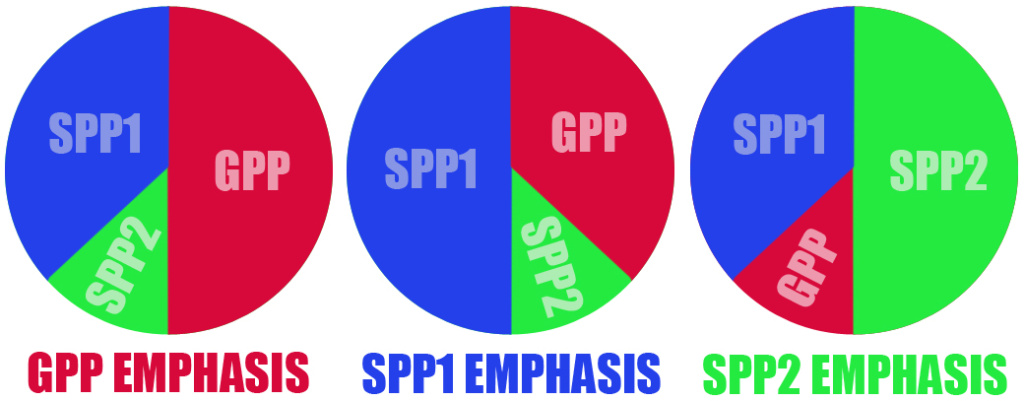
Also, very specific drills can be performed in the early stages of GPP to rehabilitate an injury or imbalance that occurred during the season. This is one of the best times to perform the corrective exercises in my Powerful Mobility ebook that’s on Amazon.
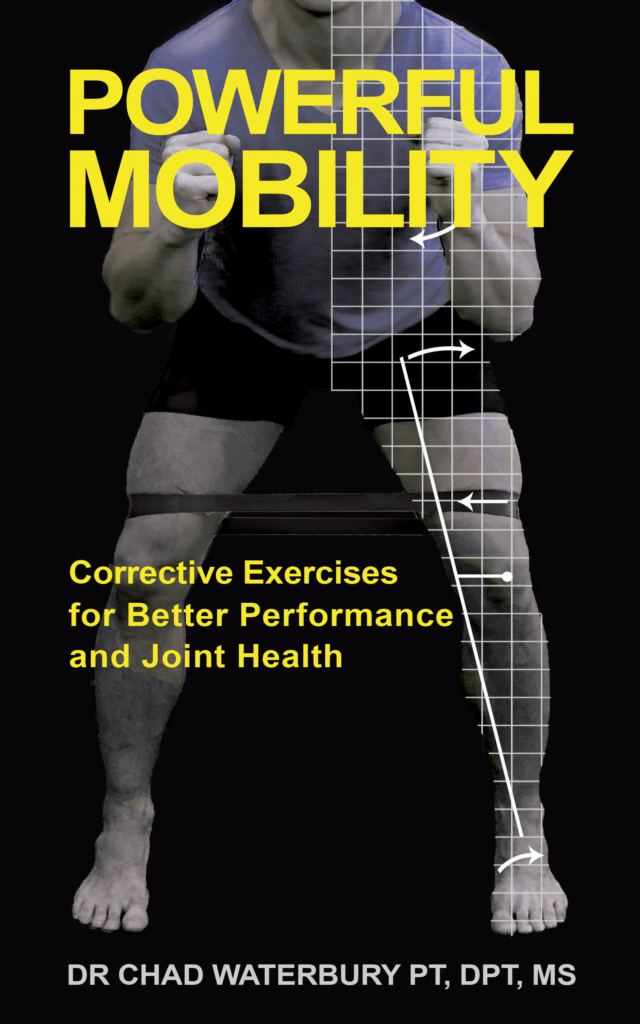
Speaking of corrective exercise, if you’re a trainer, coach or therapist that wants to enhance your skillset and income stream by becoming a Corrective Exercise Specialist, check out my 10-week course at this link.
Stay Focused,
Doc Waterbury
